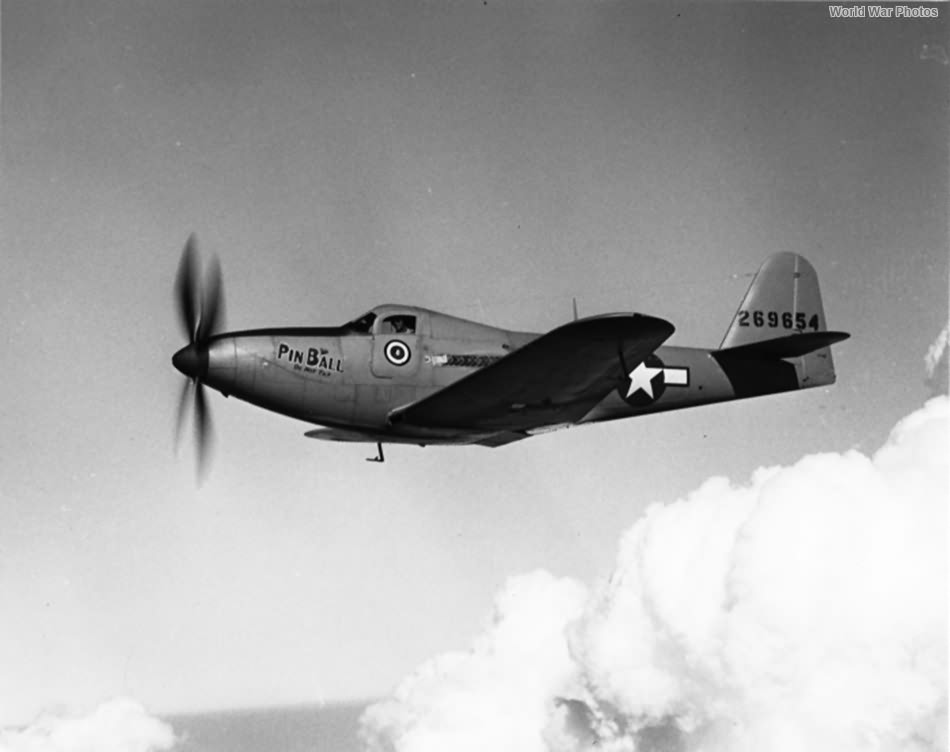This was one of the unique Kingcobras shot at with frangible ammunition by bomber gunners under training. The pilot was armoured, and lights illuminated when hits were scored.
RP-63, was covered in a special duralumin-alloy armor plate that could withstand 30-caliber bullets, lead, and plastic frangible machine-gun bullets without causing any harm. Additionally, there were instruments placed underneath the armor that transmitted impulses when bullets hit the armor, which would cause lights to flash in the center of the airscrew hub and other parts of the aircraft. The cockpit area was the most heavily armored, and the windshield and cockpit side windows were made of bulletproof glass. There was a steel grille covering the air intake and a steel guard on the exhaust stacks. To accommodate the weight of the armor, a special thick-walled hollow-blade airscrew was used. The RP-63 A and RP-63C models had armor thickness ranging from 3.2 to 6.4 mm, which restricted gunners to shoot at the target only from a 30-degree angle each side of head-on. However, the armor was increased to 8mm in the RP-63G, allowing firing from all angles. Target discs with a “bull’s-eye” light in the center were placed on the top, sides, and underside of the fuselage, as well as in the nose of the spinner. Despite the increased weight of the RP-63 target, it was capable of reaching a maximum speed of over 300 mph (480 km/h) at 25,000 ft. (7,625 m.).
RP-63A 42-69654 named Pin Ball
Published at 950 × 752 px.
Link to full-size photo:
RP-63A 42-69654 named Pin Ball
Site statistics:
Photos of World War II: over 26800
aircraft: 63 models
tanks: 59 models
vehicles: 59 models
guns: 3 models
units: 2
ships: 47
WW2 battlefields - 12
weapon models: -
equipment: -
